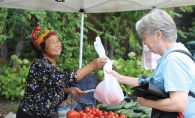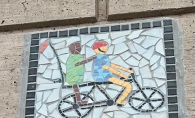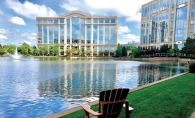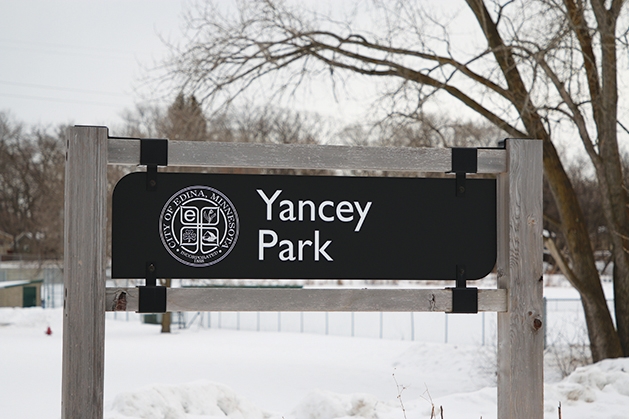
The Yancey family was one of several pioneer Black families who settled in the area that would later become Edina after the wake of the American Civil War in 1865. Headed by Beverly Claiborne (or “B.C.”) Yancey and his wife Ellen née Bruce, this prominent Edina family left a legacy of civic involvement and deep community ties for generations.
Aside from running a successful berry farm in the Grandview area with his family, B.C. Yancey was pivotal in Edina’s succession from Richfield. Aside from his membership to the group of Edina residents advocating for the separation, Yancey also served as the recorder of a landmark debate over the issue in 1888.
Even after the village of Edina gained its independence from neighboring Richfield, Yancey maintained his strong ties to the local government. “He was the secretary at those original meetings,” says Jasmine Stringer, a member of Edina’s Human Rights & Relations Commission (HRRC).
HRRC partnered with Edina’s Parks & Recreation Commission to locate a public facility to rename in the Yancey family’s honor. “We wanted something that was close to the original homestead, but then something where it would get some visibility from the street,” Stringer says.
Garden Park was chosen both for its proximity to the Grandview neighborhood, and because of its prominence in Edina residents’ lives. The two commissions didn’t want to simply rename a park and move on. “We wanted a park where people would notice the renaming, and we wanted to honor their legacy,” she says.
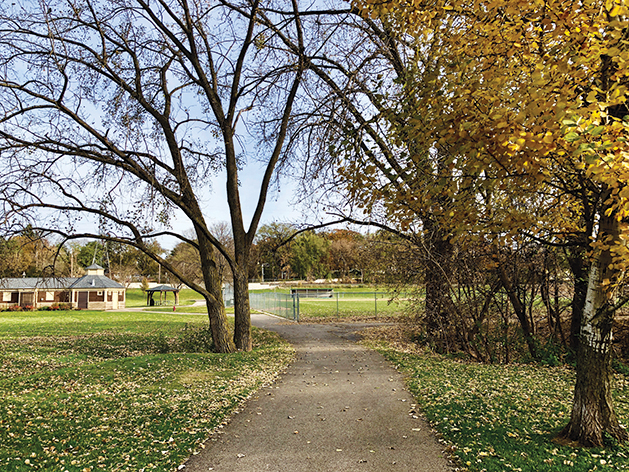
Newly renamed Yancey park (formerly Garden Park) before the renaming.
Renaming a public facility after the Yancey family was one of 21 recommendations put forward in 2018 by the Edina Race & Equity Task Force. This task force was comprised of Edina community members who conducted research on the topics of race and equity by reaching out to fellow community members through listening sessions and receiving feedback.
“Within that task force, it’s really looking at what are some gaps or some things that need to be done in Edina that could create a more welcoming, inclusive city,” says Heidi Lee, race and equity coordinator for Edina, as well as the staff liaison for the HRRC.
The role of a race and equity coordinator was also one of the recommendations made by the task force. Lee is coming up on two years in the position this spring. In addition to her responsibilities as staff liaison, Lee also oversees the entire Race & Equity Implementation plan.
“The Yancey renaming came from the implementation plan and really thinking about how the Yancey family was one of the pioneer settlers in the vicinity of Edina,” Lee says. From the broad umbrella of “public facility,” the two commissions narrowed their choice to two well-known Edina parks, Garden and Wooddale.
Lee says that the general reason those two parks were chosen was due to their prominence. Aside from honoring the family, the commissions wanted to spark a conversation about this less-known chapter of Edina’s history.
“I think one of the things that is raised in equity work is also looking at how to be intentional in the work as well,” Lee says. “Having conversations with staff members from parks and rec and thinking about how can we acknowledge the contributions of the Yancey family.”
This purposefulness extended to the unveiling as well, which was slated for springtime. “We’re looking at what is a meaningful unveiling of Yancey Park. Because now we’ve renamed it on the city park website, we’ve done those little things to start that change, but we want to be able to have more of an unveiling,” Lee says.
A potential part of the unveiling that was considered is a plaque detailing the history of the family for park visitors. The goal is to bring awareness to the history of the Yancey family and celebrate their contributions to the community we live in today.
Although there are no plans currently to expand the renaming or naming of other public facilities, Lee says she believes Yancey Park may spark the conversation.
You can visit Yancey Park at 5520 Hansen Road. If you’re interested in reading more about the original Black pioneers that settled in the community that would come to form Edina, you can find Joe Sullivan’s essay, Edina’s Pioneer Black Farmers Left A Legacy of Civic Involvement online, or purchase the book Edina: Chapters in the City History, by historian Deborah Morse-Kahn through the city of Edina’s website, edinamn.gov.







